Gires–Tournois Interferometers
Acronym: GTI
Definition: linear optical resonators used for introducing chromatic dispersion
More general terms: interferometers, optical resonators
German: Gires-Tournois-Interferometer
Categories: optical resonators, photonic devices, light pulses
How to cite the article; suggest additional literature
Author: Dr. Rüdiger Paschotta
A Gires–Tournois interferometer is an optical standing-wave resonator similar to Fabry–Pérot interferometer, which however is operated in reflection and designed for generating chromatic dispersion. The front mirror is partially reflective, whereas the back mirror has a high reflectivity. If no losses occur in the resonator, the power reflectance is unity at all wavelengths, but the phase of the reflected light is frequency-dependent due to the resonance effect, causing chromatic dispersion. The phase change of reflected light and the dispersion (including group delay dispersion and higher-order dispersion) change periodically with the optical frequency, if material dispersion is negligible. There is no second-order dispersion exactly on-resonance or anti-resonance, and positive or negative dispersion between these points.
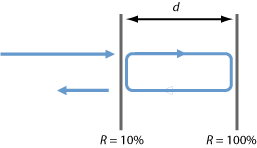
Ideally, a GTI is operated near a maximum or minimum of the GDD, and the usable bandwidth is some fraction (e.g. one-tenth) of the free spectral range, which is inversely proportional to the resonator length. In the time domain, an optical bandwidth well below the free spectral range implies that the pulse duration needs to be well above the round-trip time of the GTI. The maximum magnitude of GDD scales with the square of the resonator length.
Tunable dispersion can be obtained with a variable air gap between the mirrors, which however must be carefully stabilized to avoid unwanted drifts. More stable but in general not tunable GDD can be generated with monolithic designs, based e.g. on thin films of dielectric media such as TiO2 and SiO2, particularly for use in femtosecond lasers.
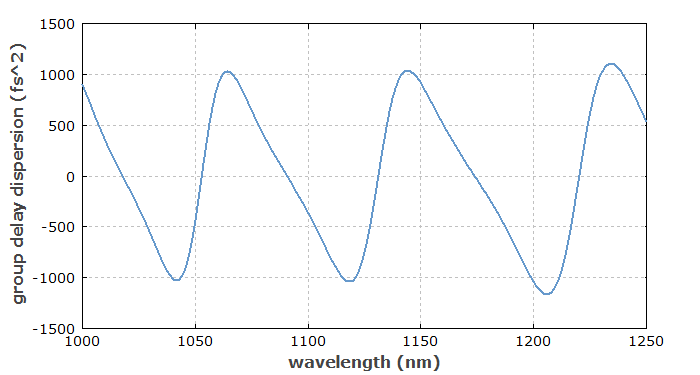
The main drawbacks of the GTI are the fundamentally limited bandwidth (proportional to the square root of the given magnitude of GDD) and the limited amount of control of higher-order dispersion. Dispersive mirrors with significantly broader optical bandwidth can be designed as chirped mirrors.
Suppliers
The RP Photonics Buyer's Guide contains 3 suppliers for Gires--Tournois interferometers. Among them:

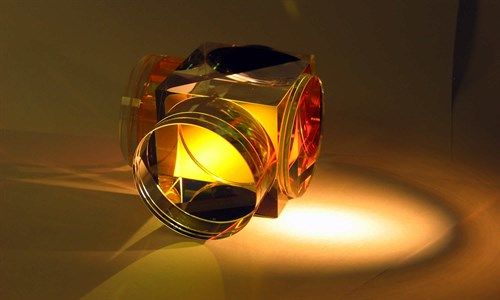
LightMachinery
LightMachinery has a great breadth of expertise for manufacturing even space qualified interferometers, including Gires–Tournois interferomters.
Polarizing, non-polarizing, cemented, optically contacted (epoxy free bonded), hexagonal, square, small (1 mm), large (45 mm), UV, visible, IR. Material selection, coating design, modeling of phase & polarization, mechanical design, process development, quality planning, glass shaping and polishing, optical contacting, cementing and finally testing, testing and testing. Of course that's what makes it so interesting and challenging to work on these projects.
Questions and Comments from Users
Here you can submit questions and comments. As far as they get accepted by the author, they will appear above this paragraph together with the author’s answer. The author will decide on acceptance based on certain criteria. Essentially, the issue must be of sufficiently broad interest.
Please do not enter personal data here; we would otherwise delete it soon. (See also our privacy declaration.) If you wish to receive personal feedback or consultancy from the author, please contact him e.g. via e-mail.
By submitting the information, you give your consent to the potential publication of your inputs on our website according to our rules. (If you later retract your consent, we will delete those inputs.) As your inputs are first reviewed by the author, they may be published with some delay.
Bibliography
| [1] | F. Gires and P. Tournois, “Interferometre utilisable pour la compression d'impulsions lumineuses modulees en frequence”, C. R. Acad. Sci. Paris 258, 6112 (1964) |
| [2] | B. Golubovic et al., “Double Gires–Tournois interferometer negative-dispersion mirrors for use in tunable mode-locked lasers”, Opt. Lett. 25 (4), 275 (2000), doi:10.1364/OL.25.000275 |
| [3] | Analysis of a GTI with the RP Coating software |
See also: interferometers, Fabry–Perot interferometers, chromatic dispersion, dispersion compensation, dispersive mirrors, optical resonators
and other articles in the categories optical resonators, photonic devices, light pulses
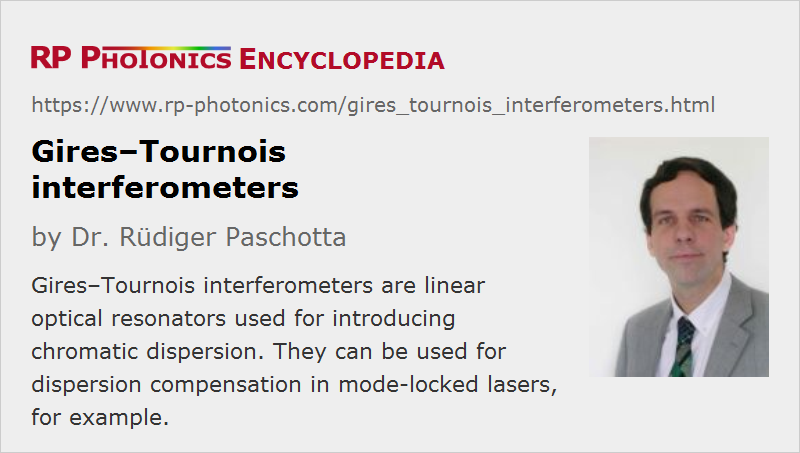 |



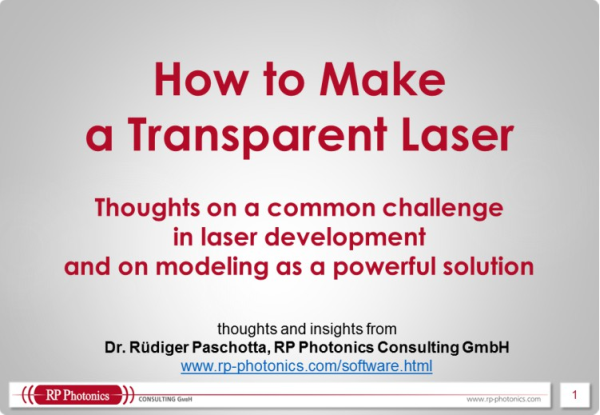
If you like this page, please share the link with your friends and colleagues, e.g. via social media:
These sharing buttons are implemented in a privacy-friendly way!